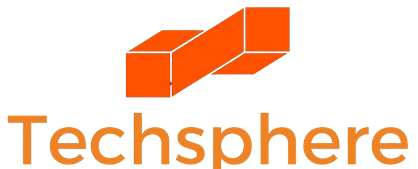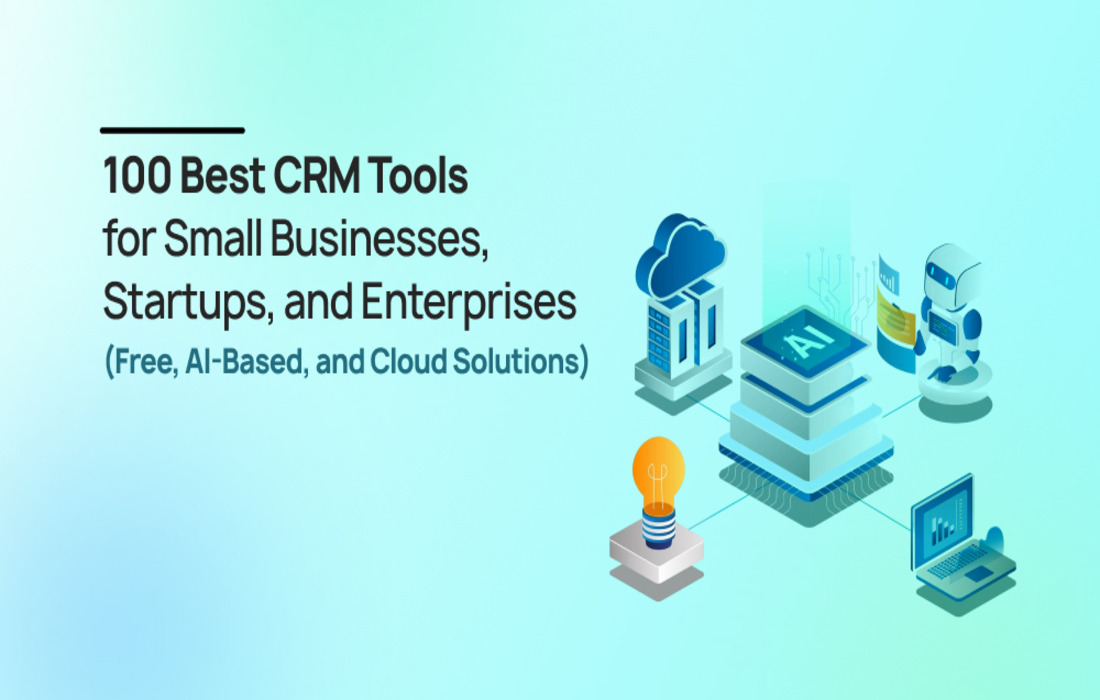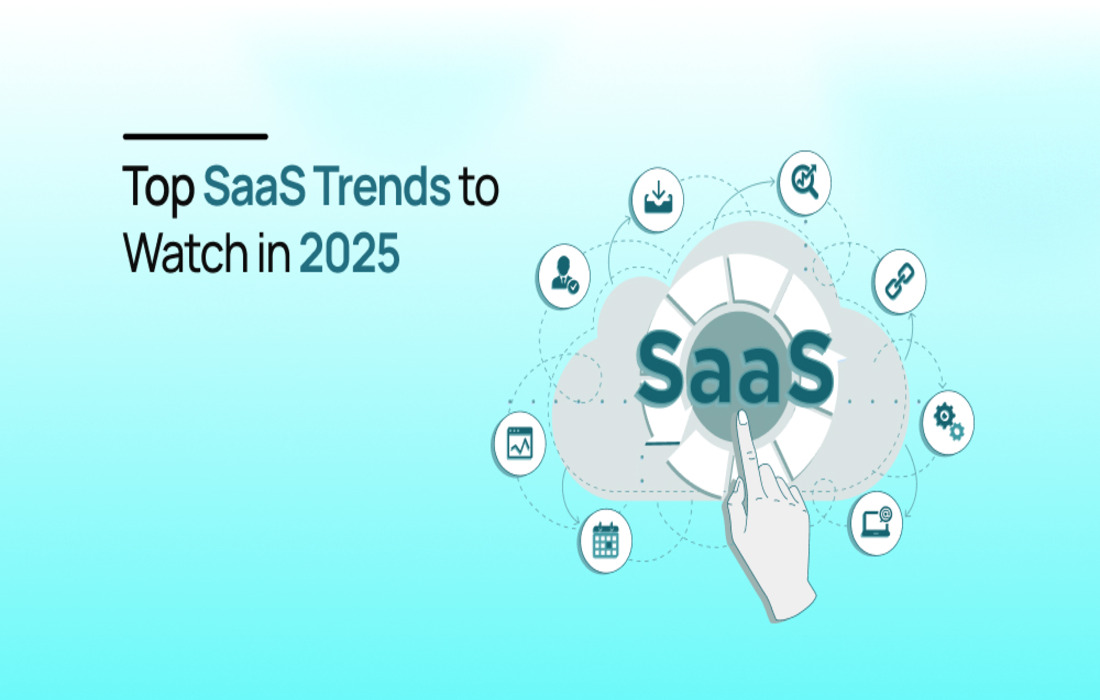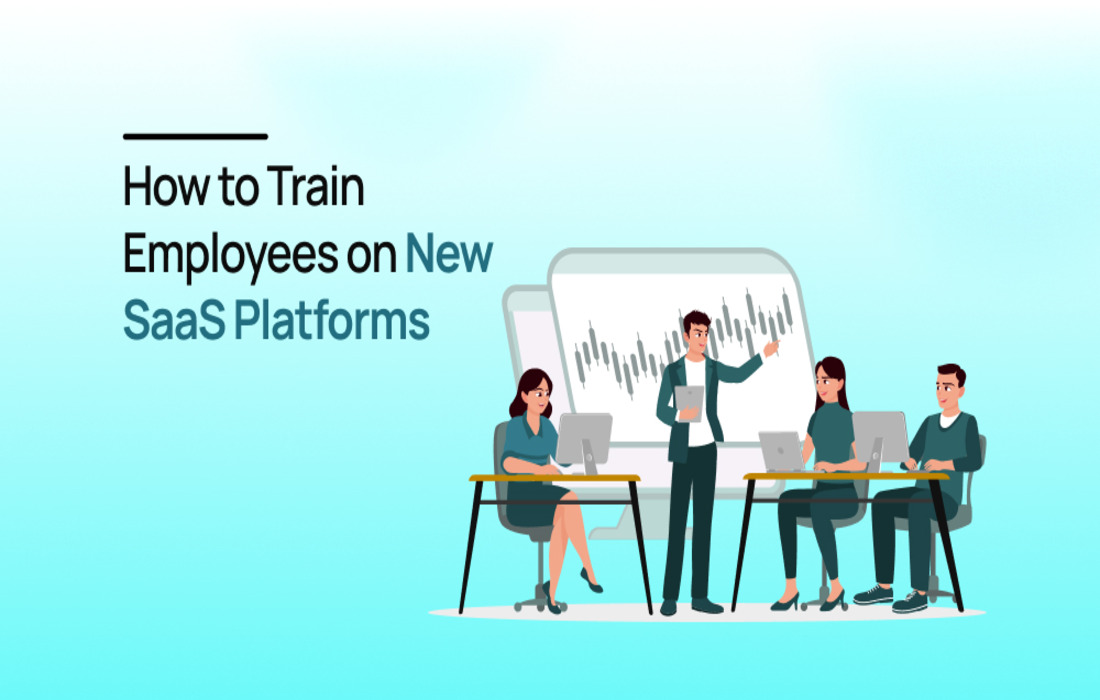🧩 Introduction: Why No-Code SaaS Matters in 2025
No-code SaaS platforms have evolved from niche solutions into mainstream tools that power modern business operations—without needing developers. As companies demand more agility and faster iteration, non-technical teams are turning to no-code tools for everything from workflow automation to app development.
According to Gartner research summarized by ToolJet, by 2025, 70% of new business applications will be developed using low-code or no-code technologies. That’s a massive shift in who builds digital products and how.
No-code empowers marketers, HR professionals, educators, salespeople, and operations managers to build what they need, when they need it. With budgets tightening and developer bandwidth limited, the ability for non-engineers to self-serve is revolutionizing organizational agility.
In 2025, the no-code revolution is accelerating further as businesses prioritize adaptability over legacy. It’s not just about convenience anymore—it’s about enabling everyone to contribute to digital innovation.
💡 What Are No-Code SaaS Platforms?
No-code SaaS platforms allow users to create apps, automate tasks, and build workflows using visual interfaces instead of programming languages. They typically include:
- Drag-and-drop editors
- Pre-built templates
- Integration libraries
- Workflow automation
- Role-based access controls
- Mobile and desktop responsiveness
- Third-party app connections via APIs
These platforms democratize development by making it possible for anyone with an idea and a workflow to execute it with software. Whether it’s a small internal app or a full business process automation, non-technical users can now become builders.
📊 Benefits of No-Code SaaS for Non-Technical Users
The most compelling reason to adopt no-code SaaS is speed and flexibility. But beyond that, here are deeper benefits broken down by business area:
🚀 Business Agility
- Adapt processes rapidly without waiting for developer queues
- Respond to market shifts by launching new initiatives faster
💰 Cost Efficiency
- Avoid outsourcing or hiring extra dev resources
- Reduce overhead from overly complex software suites
🤝 Departmental Empowerment
- Let marketing run their own A/B tests with custom forms
- Allow HR to create onboarding flows without IT
- Let customer support teams build live issue trackers
🎨 Creative Innovation
- Encourages experimentation and MVP creation
- Great for small teams testing product-market fit
In a 2024 Forrester research on low-code platforms, 82% of no-code users said it improved their work efficiency, and 68% cited faster deployment of internal solutions.
🔍 Top No-Code SaaS Platforms 2025 for Non-Technical Teams
1. Airtable
- Combines spreadsheet simplicity with database power
- Use cases: Project tracking, CRM, content calendars, editorial workflows, event planning
- Key Feature: Custom interfaces, Kanban views, synced tables
- Notable Clients: Netflix, TIME, Medium
2. Zapier
- Connects 6,000+ apps without code
- Use cases: Automated workflows, lead routing, email follow-ups, social media publishing, data syncing
- Key Feature: Conditional logic, multi-step workflows, built-in paths
- Notable Clients: Spotify, Pinterest, Asana
3. Notion + Notion AI
- Docs, wikis, and databases in one collaborative space
- Use cases: Knowledge management, SOP libraries, team portals
- Key Feature: Notion AI enhances writing, brainstorming, and task suggestions
- Notable Clients: Figma, Match Group, Pixar
4. Glide
- Turns spreadsheets into mobile apps instantly
- Use cases: Field tracking, inventory management, team check-ins
- Key Feature: Mobile-first design, user logins, data sync
- Notable Use Case: examples of how non-technical users are creating field apps with Glide
5. Bubble
- Full app builder with no-code interface
- Use cases: Customer portals, SaaS tools, social platforms
- Key Feature: Responsive frontend/backend, integrations, database modeling
- Notable Clients: Dividend Finance, Qoins, Comet
6. Trello + Butler Automation
- Board-style task management with automation
- Use cases: Team projects, client workflows, approval chains
- Key Feature: Natural-language task automation
- Bonus: Integrates natively with Slack, Google Drive, Dropbox
7. Webflow
- Web design and publishing without devs
- Use cases: Startup websites, landing pages, client portfolios
- Key Feature: Visual editor + CMS + hosting
- Used by: Upwork, Rakuten, Dell
8. Thunkable
- Build native mobile apps visually
- Use cases: Event apps, booking systems, internal communication apps
- Key Feature: Drag-and-drop UI, real device testing, exports to Android/iOS
9. Coda
- Combines documents and apps
- Use cases: Dashboards, calculators, planning tools
- Key Feature: Buttons, logic, integrations with tools like Jira, Salesforce
10. Make (formerly Integromat)
- Visual automation tool with advanced routing
- Use cases: Data pipelines, process automation
- Key Feature: Conditional logic, error handling, advanced data manipulation
🧠 Real-World Use Cases of No-Code SaaS Platforms 2025 by Department
Marketing Teams
- Campaign calendars (Airtable)
- Lead capture automation (Zapier)
- Landing page building (Webflow)
Human Resources
- Employee onboarding portals (Glide)
- Benefits documentation (Notion)
- Culture & engagement surveys (Trello)
Operations
- Equipment tracking (Glide)
- Logistics coordination (Coda)
- Vendor task boards (Trello)
Customer Support
- Automated ticket routing (Make)
- Knowledge bases (Notion)
- Issue tracking (Bubble)
Education & Nonprofits
- Event apps (Thunkable)
- Resource hubs (Notion)
- Volunteer scheduling (Airtable)
🔗 Featured Case Studies using No-Code Platforms 2025
- Loom used Airtable to manage their content editorial calendar across 10 teams
- Zapier scaled internal HR operations across 400+ employees with no engineering
- Girls Who Code used Glide to launch custom dashboards for managing student programs
- Figma built its entire internal wiki in Notion
🛠️ How to Choose the Right No-Code SaaS Platform
- Ease of Use: Does it offer tutorials, templates, drag-drop simplicity?
- Flexibility: Can it support evolving workflows?
- Security & Compliance: Check for SOC 2, GDPR, SSO, and encryption support
- Team Collaboration: Multi-user roles, permissions, shared assets
- Mobile Support: Is it responsive across all devices?
- Scalability: Does it support advanced users as your needs grow?
📈 Market Outlook and Growth Forecasts
- The no-code market is projected to hit $65 billion by 2027, growing at a CAGR of 31.1% from 2022 (MarketsandMarkets Report)
- Over 500 million new apps are expected to be built in the next 5 years, more than all apps built in the last 40 years combined (Economic Times summary of Microsoft’s prediction)
- Companies that empower non-technical builders report 2x faster innovation cycles and 33% lower software development costs (McKinsey, 2023)
🔮 Future Trends in No-Code SaaS Platform
- AI-Driven Development: Predictive interfaces, code suggestion, smart workflow triggers
- No-Code + Dev Collaboration: Bridging the gap between business and IT teams
- Marketplace Expansion: More no-code solutions tailored to niche industries (legal, finance, construction)
- Voice & Natural Language Interfaces: Build apps by describing them
- Blockchain + No-Code: Simplifying smart contracts and token platforms
🙋 Frequently Asked Questions (Extended)
Can I use no-code tools to launch a SaaS startup?
Yes. Tools like Bubble and Webflow enable you to build a product MVP, validate ideas, and even monetize without hiring a full dev team.
Will no-code platforms replace developers?
Not entirely. No-code expands who can build software but complex systems, scaling infrastructure, and unique backend logic still need engineers.
Is no-code good for enterprise teams?
Absolutely. Many large firms now use tools like Airtable and Notion to empower internal teams while IT retains governance.
✅ Final Thoughts
No-code SaaS is changing the face of business technology. It puts power in the hands of non-technical professionals and lets ideas come to life without months of dev time.
Whether you’re an HR manager building onboarding forms or a marketer running campaign workflows, no-code tools are now your software superpower.
🔔 CTA: Want to keep up with the best no-code and SaaS tools? Subscribe to our newsletter or read our full guide on SaaS in cloud computing and customizing SaaS for your business.





